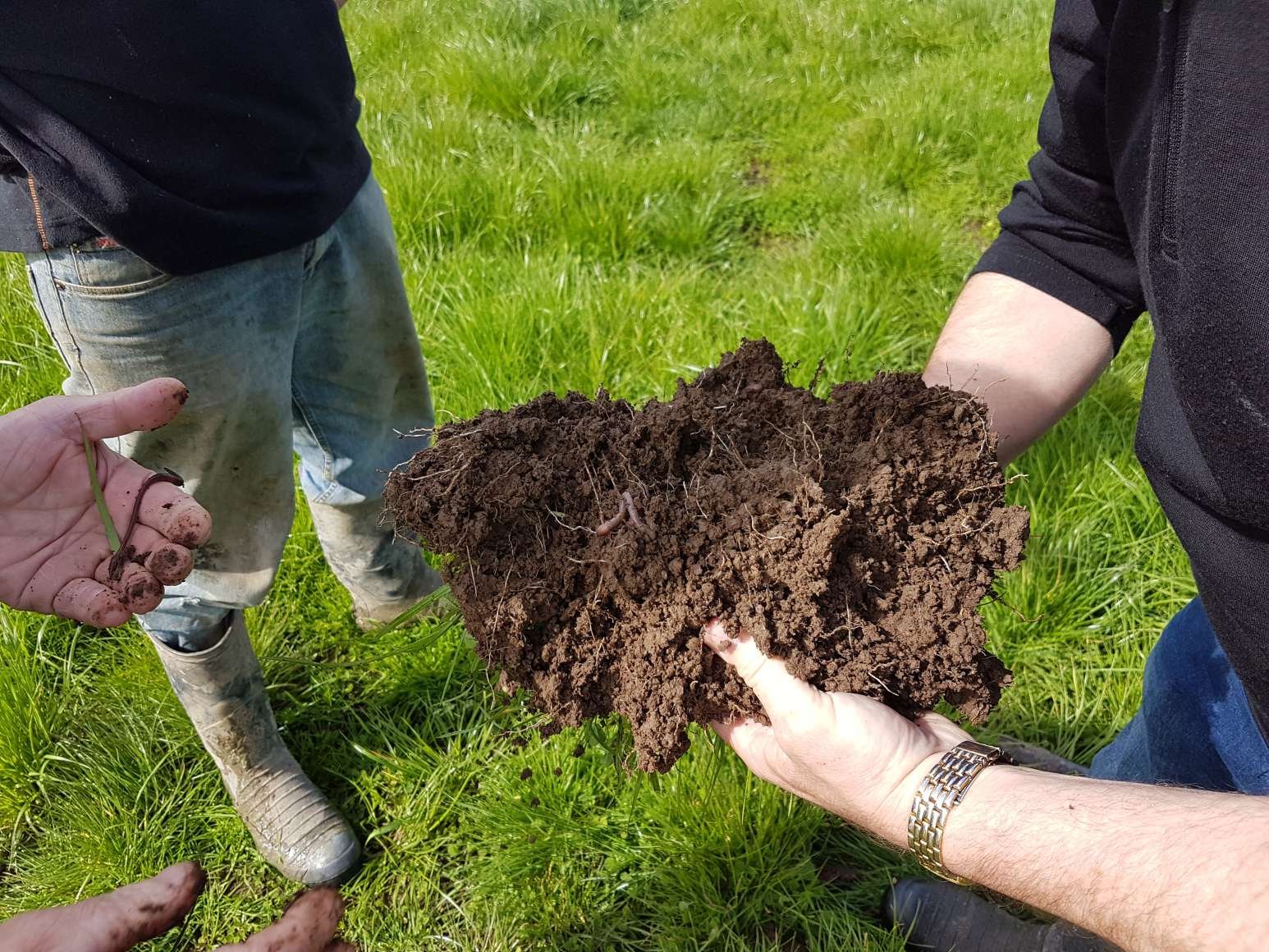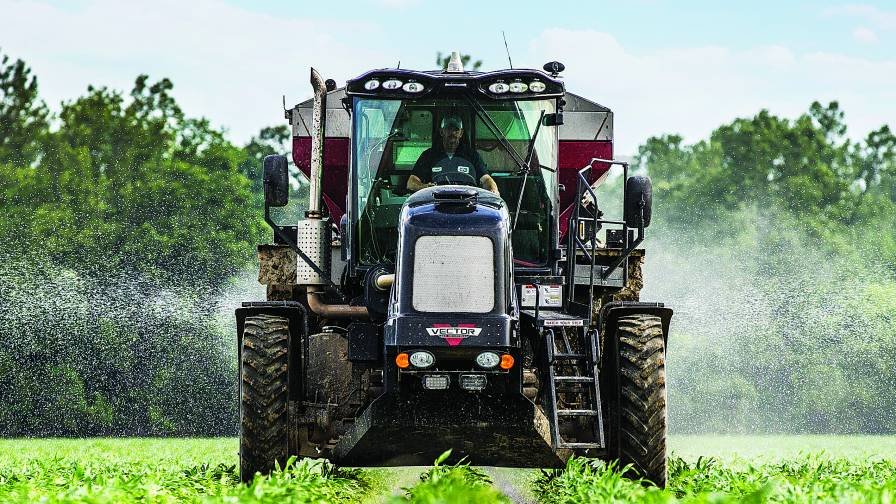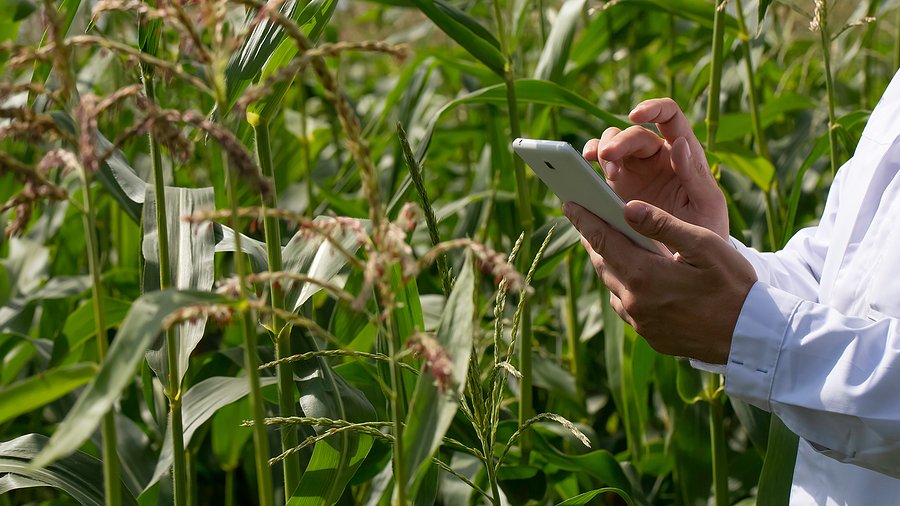Everywhere around the world, but more so in the developing countries, vast deserts spring up from the ground and begin to cover formerly forested areas of their nations. These deserts, however, are different from the Sahara or the Gobi Desert: from a large distance, they look green and lush. On closer look, however, they are vast extensions of a single cultivated species, almost completely devoid of any significant interrelationships between other species within them.
Monocultural oil palm plantations in Indonesia. Palm oil plantations are some of the most striking examples of biodiverse ‘green deserts’ (© CEphoto, Uwe Aranas).
These green deserts (a term originally coined in Brazil to refer to the ever-enlarging eucalyptus plantations in the 1960s) seem rich in life, but their apparent stability and fertility are fictitious: any interruption in the flow of enormous human effort and care that go into their maintenance could turn them into barren landscapes in less than one growing season. That, or any new disease that could spread like wildfire, as happened in the 1950s with destruction the global banana production, in the 19th century with the French vineyard collapse, or as is happening now with the pathogens that threaten the world production of potatoes, soybean, and wheat today, in 2021.
Organic agriculture can help to fight this trend. All of the existing data to the moment shows that spaces where organic agriculture is practiced have 30% more species (even in organic monoculture!) than non-organic agricultural land. This trend is also especially significant in what regards some of the most useful creatures for agriculture: earthworms, beneficial bacteria, mycorrhizal fungi, and butterflies alongside other pollinators have all much higher concentrations and a higher diversity of species in organic farms. As organic agriculture builds soil fertilizers, this fertile new soil is increasingly populated by a diversity of microorganisms that create a resilient balance, thus making organic agriculture a much more solid contributor to food security than inorganic agriculture.
Biodiversity brings major economic benefits, too. It is widely acknowledged that the economic benefits of not-so-well-known aspects of how an ecosystem works can’t be accounted for, so we do not know by how much agricultural profit margins rise with a 30% increase in biodiversity. We do have a clue, however, thanks to the UN-affiliated TEEB: a nearly US$ 800 billion market across pharmaceuticals, biotechnology, personal products, and agriculture depends entirely on biodiversity.












